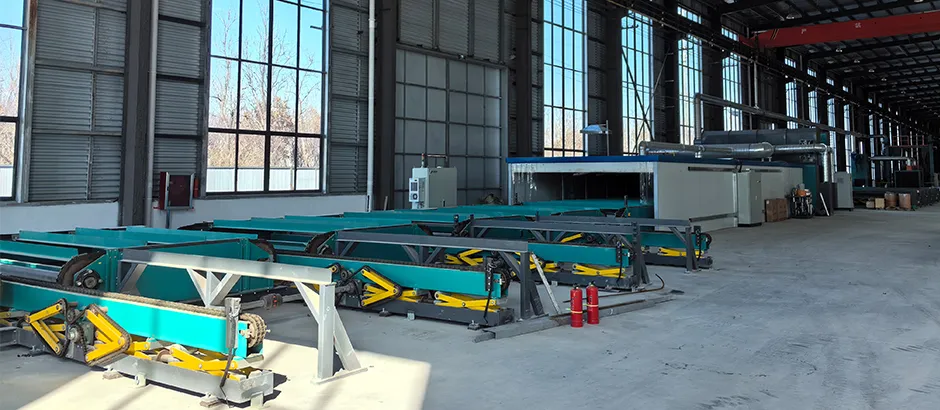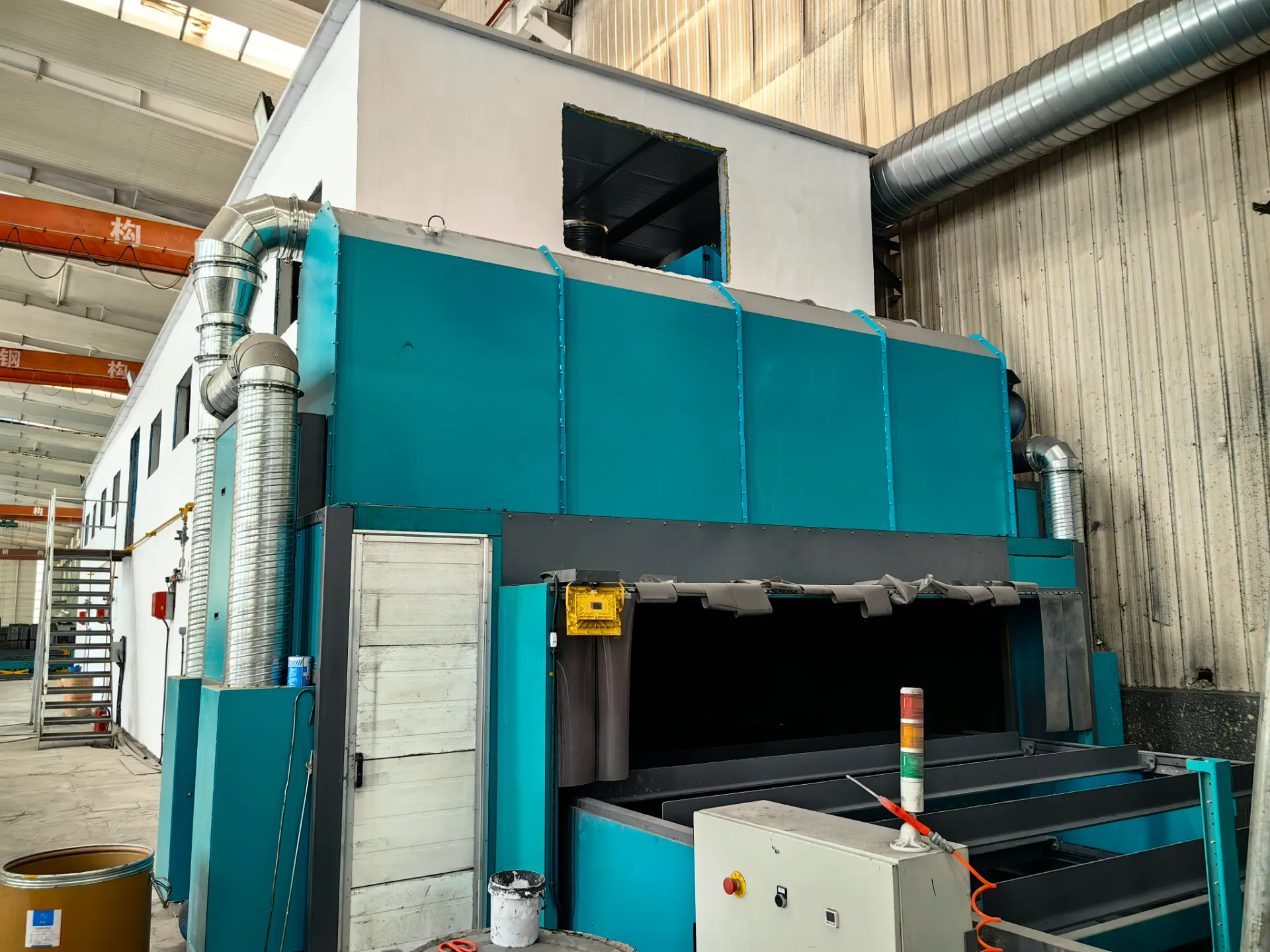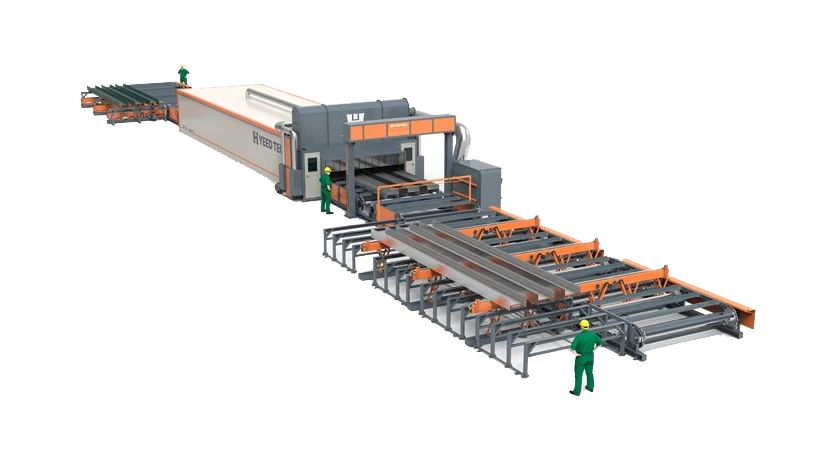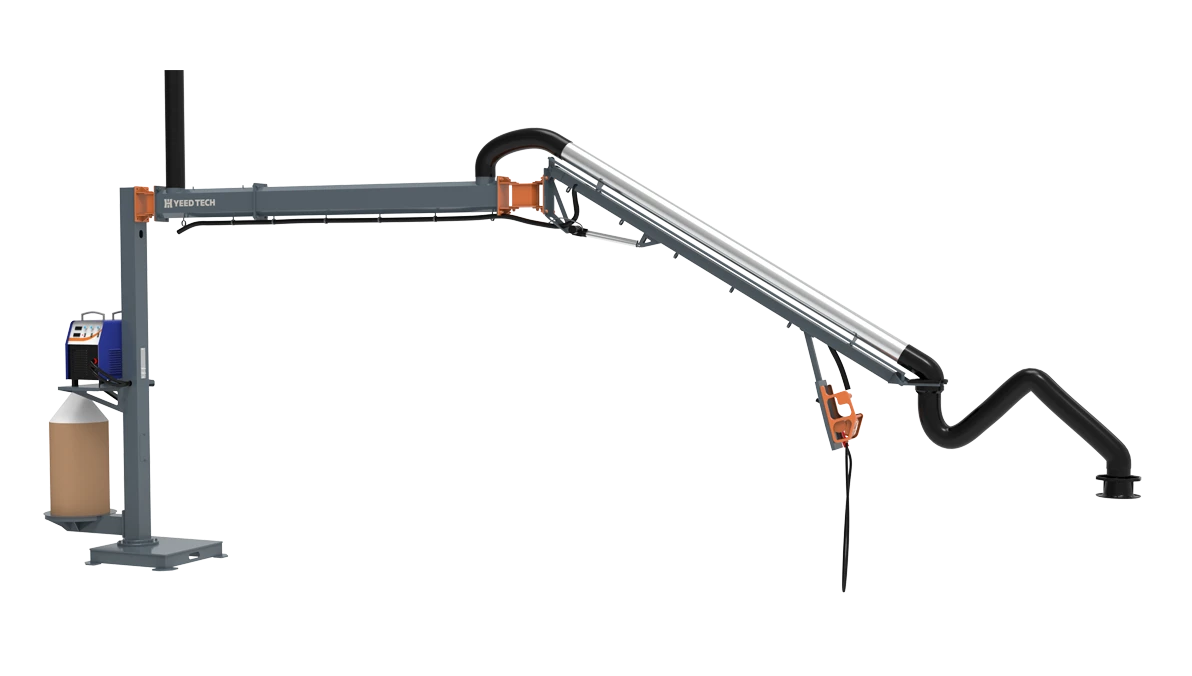
- Afrikaans
- Albanian
- Amharic
- Arabic
- Armenian
- Azerbaijani
- Basque
- Belarusian
- Bengali
- Bosnian
- Bulgarian
- Catalan
- Cebuano
- China
- China (Taiwan)
- Corsican
- Croatian
- Czech
- Danish
- Dutch
- English
- Esperanto
- Estonian
- Finnish
- French
- Frisian
- Galician
- Georgian
- German
- Greek
- Gujarati
- Haitian Creole
- hausa
- hawaiian
- Hebrew
- Hindi
- Miao
- Hungarian
- Icelandic
- igbo
- Indonesian
- irish
- Italian
- Japanese
- Javanese
- Kannada
- kazakh
- Khmer
- Rwandese
- Korean
- Kurdish
- Kyrgyz
- Lao
- Latin
- Latvian
- Lithuanian
- Luxembourgish
- Macedonian
- Malgashi
- Malay
- Malayalam
- Maltese
- Maori
- Marathi
- Mongolian
- Myanmar
- Nepali
- Norwegian
- Norwegian
- Occitan
- Pashto
- Persian
- Polish
- Portuguese
- Punjabi
- Romanian
- Russian
- Samoan
- Scottish Gaelic
- Serbian
- Sesotho
- Shona
- Sindhi
- Sinhala
- Slovak
- Slovenian
- Somali
- Spanish
- Sundanese
- Swahili
- Swedish
- Tagalog
- Tajik
- Tamil
- Tatar
- Telugu
- Thai
- Turkish
- Turkmen
- Ukrainian
- Urdu
- Uighur
- Uzbek
- Vietnamese
- Welsh
- Bantu
- Yiddish
- Yoruba
Effective Welding Exhaust Ventilation Solutions for Safety
Can you smell that? It's not just hot metal. Toxic chromium. Deadly manganese. Cancer-causing particles floating in your workshop air. OSHA estimates over 500,000 U.S. workers risk respiratory damage from welding fumes yearly. Does your current ventilation actually protect your team?

(welding exhaust ventilation)
Why Generic Fans Fail vs Precision Local Exhaust Ventilation
Overhead fans spread contaminants. Basic hoods miss moving hazards. You need targeted capture. Industrial-grade welding exhaust ventilation
pulls toxins at the source. Immediately. Efficiently.
Key benefits our systems deliver:
- Capture 99.8% of welding particulates at point of origin
- Reduce cleanup time by 40% with cleaner air paths
- Slash OSHA compliance violations to zero
- Workstation mobility with flexible extraction arms
Cutting Through Competitor Shortfalls
| Features | Standard Exhaust Systems | Premium Local Exhaust Ventilation |
|---|---|---|
| Capture Velocity at Tip | 50-75 FPM | 125 FPM+ |
| Adjustable Positioning | Fixed positions | 360° rotating arms |
| Noise Levels | 85-95 dB | Below 70 dB |
| Filter Efficiency | HEPA 85% | ULPA 99.99% |
| Warranty Coverage | 1 year limited | 5 year comprehensive |
Tailored Solutions for Any Welding Operation
Robotic cell? Aluminum TIG work? Pipe welding stations? Our engineers design your perfect local exhaust ventilation system for welding. No two facilities are identical. Neither should your fume control be.
We create systems that:
- Integrate seamlessly with existing equipment
- Automatically adjust airflow based on arc detection
- Offer mobile units for maintenance welding
- Provide real-time air quality monitoring
Success Stories: Where Precision Matters
Automotive Supplier Case:
Challenge: OSHA violations at 8 robotic stations
Our Solution: Customized welding fume local exhaust ventilation hoods with AI airflow control
Results: 100% compliance with 28% energy reduction
Shipyard Application:
Challenge: Mobile welders inhaling galvanized steel fumes
Our Solution: Portable extraction units with HEPA afterfilters
Results: 92% reduction in respiratory incidents
Breathe Easy Tomorrow: Act Today
Don't gamble with lungs. With OSHA fines exceeding $15,000 per violation, doing nothing costs more than acting. Protect your people. Shield your business. Install industrial-grade local exhaust ventilation for welding in the next 90 days.
Schedule your no-cost facility assessment before Friday and get:
- Free CAD modeling of optimal hood placement
- Air quality compliance guarantee
- $500 installation credit
Clear air starts here. Schedule your consultation now!

(welding exhaust ventilation)
FAQS on welding exhaust ventilation
下面是根据您的要求创建的5组FAQ问答,使用HTML富文本形式:Q: What is local exhaust ventilation for welding?
A: Local exhaust ventilation (LEV) captures welding fumes directly at the source. It uses hoods or extraction arms positioned near the welding arc. This system effectively removes hazardous contaminants before they reach the welder's breathing zone.
Q: How do welding fume local exhaust ventilation systems work?
A: These systems use high-velocity airflow to capture toxic fumes generated during welding. Contaminants are pulled through ductwork to a filtration unit. Cleaned air is then safely exhausted outside or recirculated.
Q: What are the benefits of using LEV for welding operations?
A: LEV systems significantly reduce welder exposure to carcinogenic metal oxides and gases. They maintain compliance with OSHA air quality standards while improving workplace visibility. Proper LEV use also minimizes cross-contamination throughout the facility.
Q: Where should local exhaust ventilation hoods be positioned during welding?
A: Extraction hoods must be positioned within 6-12 inches of the welding arc. The hood opening should always face toward the fume generation point. Optimal positioning ensures capture efficiency exceeds 90% according to NIOSH studies.
Q: How often should welding exhaust ventilation systems be maintained?
A: Conduct visual inspections before each shift and performance testing every 3-6 months. Replace filters when pressure drop exceeds manufacturer specifications. Full system certification is required annually per OSHA 29 CFR 1910.252 regulations.
Products Categories
Latest News
-
Unrivaled Components in Structural Engineering Solutions
NewsMay.28,2025 -
Transforming Spaces with Diverse Steel Structures
NewsMay.28,2025 -
Steel Structural Elements: A Comprehensive Overview of Construction Solutions
NewsMay.28,2025 -
Optimizing Steel Structures: Paint Solutions, Assembly, and Design
NewsMay.28,2025 -
Fortifying Steel Structures with Intumescent Coatings and Design Excellence
NewsMay.28,2025 -
Enhancing Structural Integrity and Aesthetics with Specialized Construction Materials
NewsMay.28,2025 -
Unlock the Power of Modern Steel Structure Manufacturing with Advanced Equipment
NewsMay.27,2025











